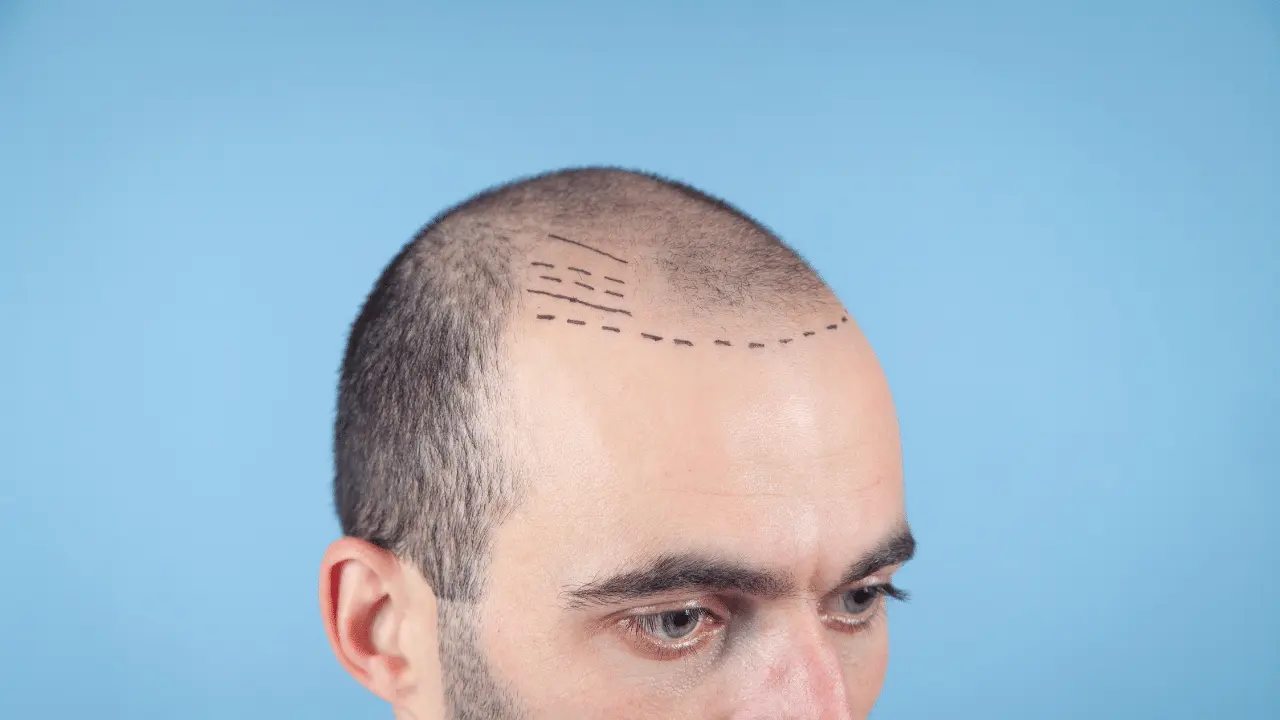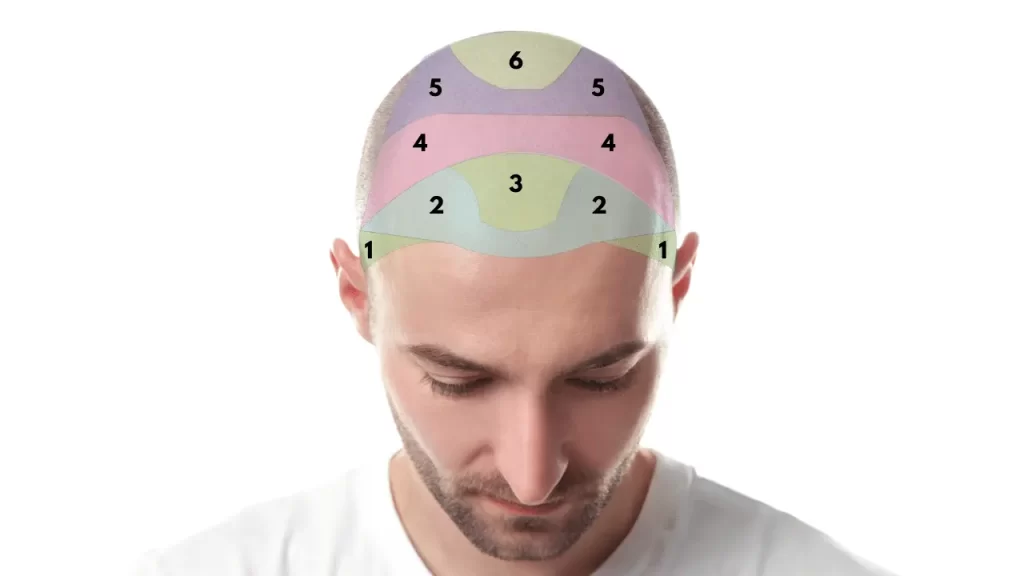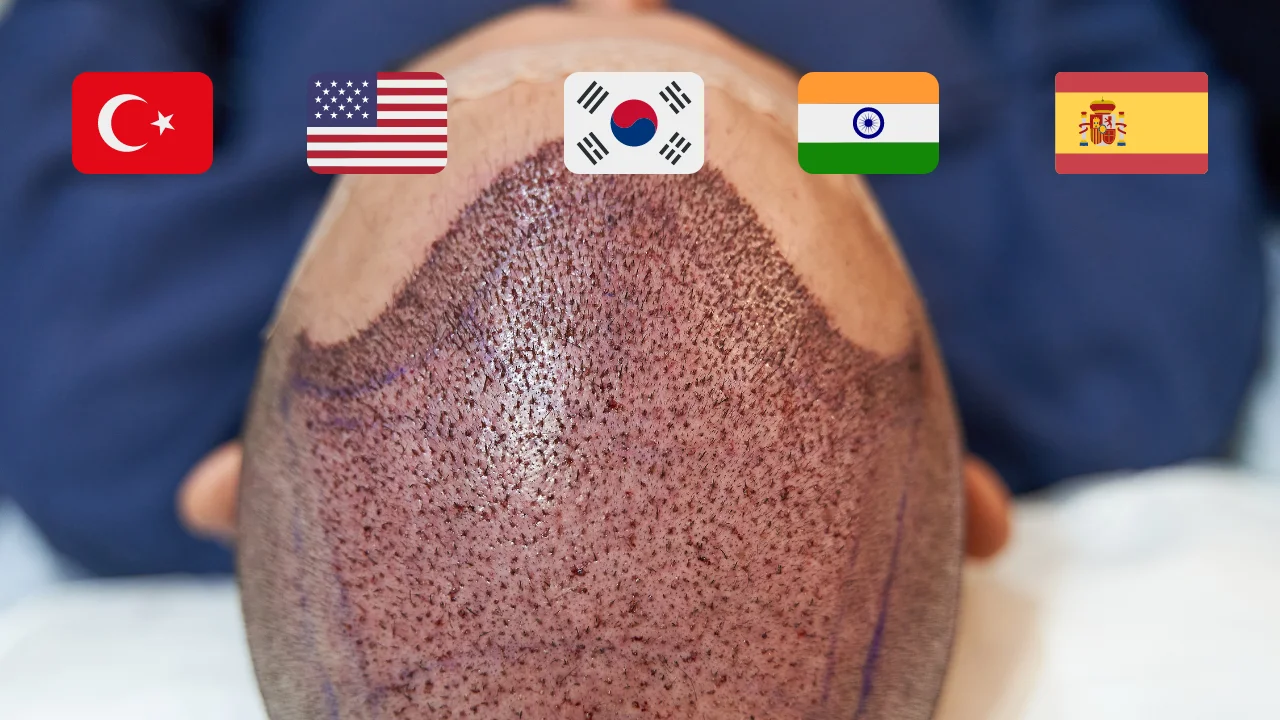How Many Grafts Do I Need and How Much Will It Cost?

We understand that hair transplantation is a significant decision that requires careful consideration. If you’re experiencing hair loss and considering a hair transplant, it’s important to have a clear understanding of how many grafts you might need and the associated costs. In this comprehensive guide, we will provide you with all the essential information to help you make an informed decision.
Understanding Grafts
Before we dive into the specifics, let’s start by understanding what graft is in the context of hair transplantation. A graft refers to a cluster of hair follicles that are extracted from a donor area (typically the back of the head) and transplanted to the recipient area (where hair is thinning or balding).
How Many Hair for 1 Grafts?
A hair graft typically consists of 1 to 4 hairs. The number of hairs in a graft depends on the type of hair, its thickness, and the specific area of the scalp from which the graft is harvested. Here’s a breakdown of the common types of hair grafts:
- Single Hair Graft (1-hair graft): This type of graft contains only one hair follicle. It is commonly used for creating a natural-looking hairline or for filling in small areas of hair loss.
- Double Hair Graft (2-hair graft): This graft contains two hair follicles. It is often used for adding density to the hairline or other areas of the scalp.
- Triple Hair Graft (3-hair graft): This graft contains three hair follicles. It is suitable for adding more density and coverage to areas of moderate hair loss.
- Quadruple Hair Graft (4-hair graft): This graft contains four hair follicles. It is used for providing additional density in areas with more significant hair loss or for maximizing coverage in a single graft.
The distribution of these grafts in a hair transplant procedure is carefully planned by the surgeon to achieve the most natural and aesthetically pleasing results. During the transplantation process, the surgeon will strategically place the grafts in a way that mimics the natural growth pattern of your hair, ensuring seamless integration with your existing hair.

Factors Influencing the Number of Grafts
The number of grafts you might need depends on various factors, and it’s essential to consult with a qualified hair transplant specialist for an accurate assessment. Here are some key factors that influence the number of grafts required:
1. Degree of Hair Loss
The extent of your hair loss plays a significant role in determining the number of grafts needed. Individuals with advanced hair loss will typically require more grafts to achieve desired results compared to those with minimal hair loss.
2. Desired Hair Density
The density of hair you desire in the recipient area will also impact the number of grafts required. Higher density requires a larger number of grafts to achieve a fuller and more natural-looking result.
3. Donor Area Availability
The availability and quality of the donor area play a crucial role in determining the number of grafts. If you have a healthy and abundant donor area, the chances are higher that more grafts can be extracted, allowing for better coverage.
4. Hair Characteristics
The characteristics of your hair, such as thickness, texture, and color, can influence the number of grafts needed. Coarser hair may provide better coverage with fewer grafts, while finer hair might require more grafts to achieve the desired density.
5. Surgical Technique
The chosen surgical technique for hair transplantation also affects the number of grafts required. Advanced techniques like Follicular Unit Extraction (FUE) or Direct Hair Implantation (DHI) have different implications on graft numbers, and your hair transplant specialist can guide you through the best option for your specific case.
How Many Grafts Do I Need Calculator?
Typically, the number of grafts required depends on various factors, such as the extent of hair loss, the density of your hair, and your desired results.
Here’s a simple way to calculate the number of grafts you might need:
- Determine the area to be covered: Identify the areas on your scalp that require hair transplantation. It can be the hairline, crown, or both.
- Measure the density: Hair density varies from person to person. A higher hair density might require fewer grafts, while a lower density may need more.
- Choose the density and coverage: Depending on your preferences and the surgeon’s recommendations, you can opt for different hair densities in the transplanted areas.
- Calculate grafts per square centimeter (cm²): For a natural-looking result, a typical density might range from 30 to 40 grafts per cm². Keep in mind that the hairline usually requires a higher density, while the crown may need a lower one.
- Estimate the total number of grafts: Once you know the area and the desired density, you can multiply the grafts per cm² by the area size to get an approximate number of grafts required.
For example, if you want to transplant hair in a 50 cm² area and the desired density is 35 grafts per cm², the total number of grafts required would be 50 cm² * 35 grafts/cm² = 1,750 grafts.
Again, this is just a basic estimation, and the actual number of grafts needed may vary. It’s crucial to have a consultation with a hair transplant specialist who can assess your specific case and provide you with a more accurate recommendation.

Determining the Cost
Now that we have a better understanding of the factors influencing the number of grafts, let’s discuss the cost associated with a hair transplant procedure. It’s important to note that the cost can vary significantly depending on several factors, including:
1. Geographical Location
The cost of hair transplantation can vary based on the country, city, or region where the procedure is performed. Factors such as local market dynamics, cost of living, and medical infrastructure can impact the pricing.
2. Clinic Reputation and Expertise
The reputation and expertise of the clinic and the hair transplant specialist can influence the cost. Clinics known for their exceptional results and experienced surgeons may charge a premium for their services.
3. Technique and Complexity
The chosen technique, whether FUE or DHI, can affect the cost. FUE tends to be more expensive due to its intricate nature and the time-consuming process involved.
4. Number of Grafts
As discussed earlier, the number of grafts required directly affects the overall cost of the procedure. The more grafts needed, the higher the cost is likely to be.
5. Additional Services and Facilities
Some clinics may offer additional services and facilities that contribute to the overall cost. These may include pre-operative consultations, post-operative care, medications, and follow-up appointments.
6. Financing Options
It’s worth exploring whether the clinic offers any financing options to help make the procedure more affordable. Many clinics have partnerships with financial institutions that provide flexible payment plans.
Obtaining a Personalized Quote
To obtain an accurate cost estimate for your specific case, it’s essential to schedule a consultation with a reputable hair transplant specialist. During the consultation, the specialist will assess your hair loss pattern, evaluate your donor area, discuss your desired results, and recommend a suitable treatment plan.
Remember, it’s crucial not to solely focus on the cost when making a decision about hair transplantation. Quality, expertise, and long-term satisfaction should be key considerations alongside the financial aspect.
Conclusion
In conclusion, determining the number of grafts needed and the associated cost for a hair transplant procedure involves various factors. Understanding the degree of hair loss, desired density, donor area availability, hair characteristics, and surgical technique are essential in estimating the number of grafts. Additionally, factors such as geographical location, clinic reputation, technique, and additional services contribute to the overall cost.
To ensure accurate information and personalized guidance, we recommend consulting with a qualified hair transplant specialist who can evaluate your unique situation and provide you with a comprehensive treatment plan and cost estimate.



